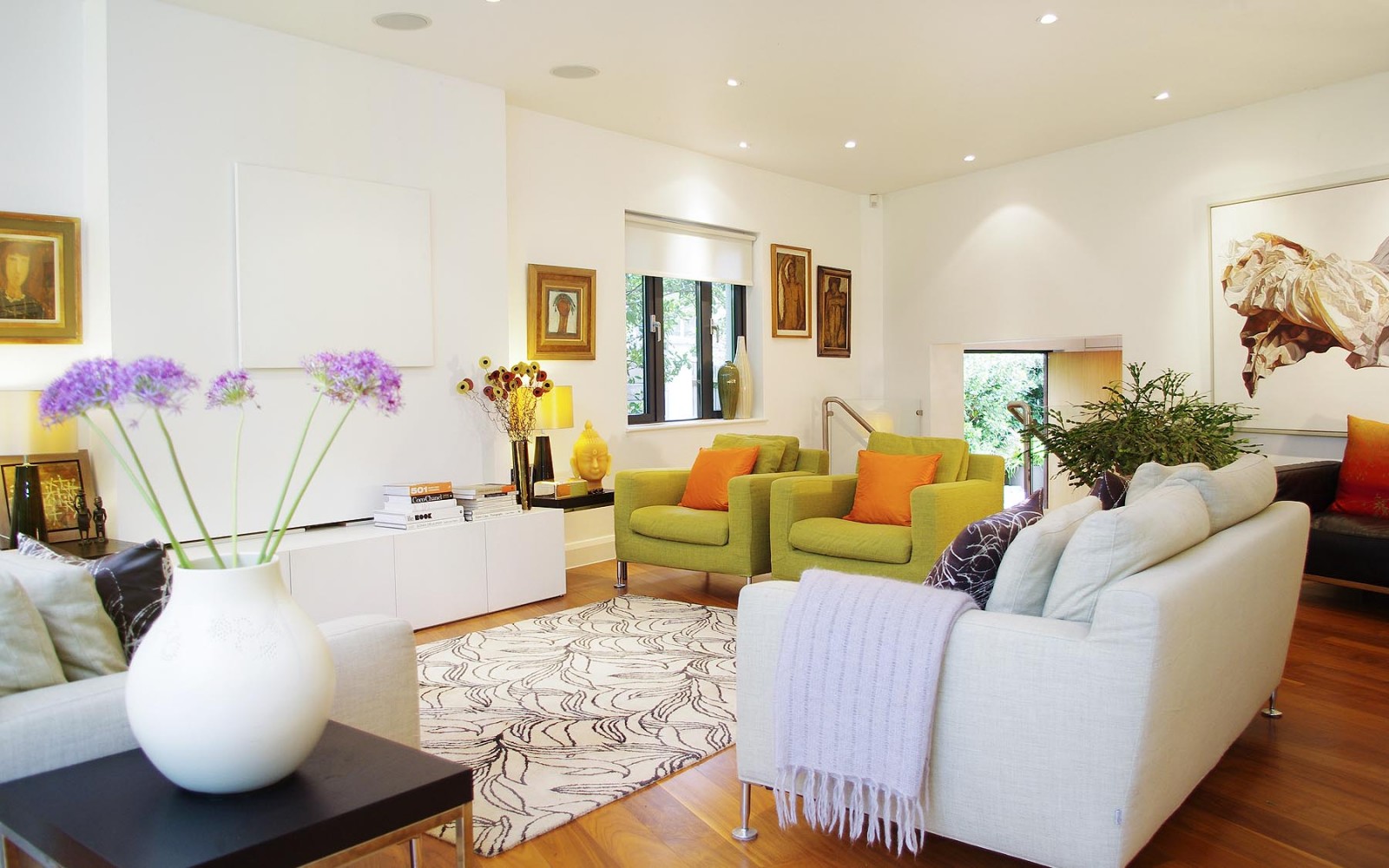

Articles
How Should I Design My Living Room
Modified: March 2, 2024
Discover expert tips and inspiration for designing your living room with our informative articles on layout, color schemes, furniture arrangement, and more. Enhance the heart of your home with our helpful design ideas.
(Many of the links in this article redirect to a specific reviewed product. Your purchase of these products through affiliate links helps to generate commission for Storables.com, at no extra cost. Learn more)
Introduction
Welcome to the world of interior design, where creativity and functionality come together to create beautiful and inviting spaces. One of the most important rooms in any home is the living room. It’s the place where family and friends gather to relax, entertain, and make memories. Designing a living room that reflects your personal style while maximizing comfort and functionality can be an exciting and fulfilling process.
In this article, we will explore the key factors to consider when designing your living room. From determining your style and optimizing the layout to selecting the right colors, furniture, and accessories, we will guide you through the process step by step.
Whether you’re starting with a blank canvas or looking to refresh your existing living room, this guide will provide you with insights and inspiration to create a space that is both visually stunning and practical. So let’s dive in and discover how to design your dream living room!
Key Takeaways:
- Designing a living room involves determining personal style, optimizing layout, selecting colors and patterns, and incorporating furniture, lighting, and accessories to create a visually stunning and functional space that reflects individual taste and personality.
- Attention to detail is crucial in creating a well-designed living room. Consider window treatments, flooring options, wall decor, storage solutions, and accessories to add the finishing touches that bring the space to life and make it feel like home.
Read more: How Should I Set Up My Living Room
Determine Your Style
Before embarking on the design journey, it’s essential to determine your personal style. Your living room should reflect your taste and personality, creating a space that feels authentically you. Take some time to explore different design styles and identify the one that resonates with you the most.
Are you drawn to clean lines, minimalism, and a contemporary aesthetic? Or do you prefer a more traditional and timeless look with classic furniture and rich textures? Perhaps you’re inclined towards a bohemian-inspired, eclectic style with vibrant colors and unique accessories. Whatever style you gravitate towards, embracing it will help inform your design choices and create cohesion in your living room.
Start by collecting inspiration from various sources such as interior design magazines, websites, and social media platforms like Pinterest and Instagram. Create a mood board or virtual folder to gather images that inspire you and showcase your preferred style.
Consider your lifestyle and how you plan to use the living room. If you have young children or pets, you may opt for a more durable and family-friendly design. On the other hand, if you love to entertain guests, you might prioritize creating a space that is welcoming and conducive to socializing.
Remember, there are no hard rules when it comes to personal style. Feel free to mix different design elements and experiment with various textures, colors, and patterns. The key is to create a space that feels inviting, comfortable, and true to your unique taste.
Consider Space and Layout
When designing your living room, it’s crucial to consider the available space and layout of the room. Understanding the room’s dimensions and limitations will help you make informed decisions about furniture placement and overall functionality.
Start by measuring the dimensions of your living room, including the length, width, and height. This will give you a clear understanding of the space you have to work with. Take note of any architectural features such as windows, doors, and alcoves, as they will impact the layout and placement of furniture.
Next, think about how you want to use the space. Will it primarily be used for lounging and watching TV, or do you plan to incorporate a designated area for reading or entertaining guests? Determining the primary purpose of the room will inform your furniture selection and layout.
Consider the flow of traffic within the living room. Ensure there is enough space for people to move comfortably and freely. Avoid placing large furniture pieces in high-traffic areas, as they can impede the flow and make the room feel cramped.
If you have a small living room, consider multifunctional furniture options such as a sofa bed or a coffee table with hidden storage. This will allow you to make the most of the available space while providing you with additional functionality.
For larger living rooms, divide the space into zones for different activities. You can create a conversation area with a grouping of seating furniture, a media area with a TV and entertainment center, and a reading nook with a comfortable chair and bookshelf.
Remember to leave enough room between furniture pieces for easy movement and to ensure a visually balanced layout. Experiment with different furniture arrangements before settling on the one that works best for your space and lifestyle.
Choose Colors and Patterns
Colors and patterns play a vital role in creating the desired atmosphere and setting the tone for your living room. They can evoke different emotions and have a significant impact on the overall look and feel of the space. When choosing colors and patterns for your living room, consider the following:
Wall Color: The color of your walls sets the foundation for the room’s aesthetic. Opt for colors that complement your chosen style and create the desired ambiance. Neutral tones like whites, creams, and grays provide a versatile backdrop that allows you to play with accent colors and textures. Bolder hues like blues, greens, or even a statement wall with a vibrant wallpaper can add personality and visual interest to the space.
Accent Colors: Choose one or two accent colors to incorporate throughout your living room. These colors can be introduced through furniture, accessories, textiles, or artwork. Consider using a color wheel to ensure that the selected accent colors harmonize well with the primary wall color.
Patterns: Adding patterns to your living room can bring depth and visual appeal to the space. Consider patterns on upholstery, curtains, rugs, or throw pillows. Stripes, floral prints, geometric designs, or intricate motifs can add a touch of personality and create a focal point in the room. Just ensure that the patterns you choose complement each other and don’t clash with other elements in the space.
Texture: Don’t forget to incorporate texture into your living room design. Mixing textures can add visual interest and create a layered and cozy atmosphere. Consider using materials like velvet, leather, linen, or textured wallpaper to add warmth and dimension to the space.
Remember that colors and patterns should work harmoniously with the overall design style and create a cohesive look. Be mindful of balancing bold and neutral elements to avoid overwhelming the space. Take into account the natural light and size of the room when choosing colors, as they can influence how the colors appear and interact with each other.
By carefully selecting colors and patterns, you can create a visually stunning living room that reflects your style and creates a warm and inviting atmosphere.
Furniture Selection
The right furniture selection is essential for creating a comfortable and functional living room. Consider the following factors when choosing furniture for your space:
Sofa: The sofa is typically the focal point of the living room. Consider the size, style, and material of the sofa that best fits your needs. For smaller rooms, consider a loveseat or a sectional sofa that can save space while providing ample seating. For larger rooms, you have the flexibility to choose a larger sectional or a combination of sofas and chairs.
Chairs: Complement your sofa with comfortable chairs that add additional seating options. Consider the style and size of the chairs, keeping in mind the overall design aesthetic of the room. Accent chairs can also be used to infuse a pop of color or introduce a different design element.
Coffee Table: The coffee table is a functional and decorative piece in the living room. Choose a coffee table that complements the style of the room and provides enough surface area for drinks, snacks, and decor. Consider the material, size, and shape of the coffee table, keeping in mind the flow of traffic and the available space.
Storage Options: Incorporate furniture pieces that offer storage solutions to keep your living room organized and clutter-free. Look for media consoles with shelves or drawers for electronics, bookshelves for displaying books and decor items, and ottomans or benches with hidden storage for extra blankets or pillows.
Entertainment Center: If you plan to have a TV in your living room, consider investing in an entertainment center that can house your television, media players, and accessories. Ensure it complements the overall design of the room and offers ample storage for media components.
Quality and Durability: Invest in furniture pieces that are of good quality and built to last. Consider the materials used, construction, and warranty offered by the manufacturer. Furniture is an investment, and choosing durable pieces will ensure they withstand daily use and retain their aesthetic appeal.
When selecting furniture, keep in mind the comfort and functionality of each piece. Sit on the sofa and chairs, test their comfort, and envision how they will be used in your daily life. Remember to measure your living room to ensure that the furniture you choose fits proportionally and allows for comfortable movement within the space.
Ultimately, the furniture in your living room should reflect your personal style while providing a comfortable and inviting atmosphere for you and your guests to enjoy.
Read more: How I Decorate My Living Room
Lighting and Ambiance
Lighting is a crucial element in creating the desired ambiance and mood in your living room. It not only provides functional illumination but also enhances the overall aesthetic appeal of the space. Consider the following tips when planning the lighting design for your living room:
Natural Light: Maximize the use of natural light by positioning furniture to take advantage of windows and using sheer or light-colored curtains or blinds that allow sunlight to filter through. Natural light brings warmth and a sense of openness to the room.
Overhead Lighting: Install a central overhead light fixture that provides general illumination to the entire room. Consider the size and style of the fixture to ensure it complements the overall design. Dimmable options are ideal as they allow you to adjust the lighting intensity based on the desired ambiance.
Ambient Lighting: Add ambient lighting through the use of floor lamps, table lamps, or wall sconces. This type of lighting creates a cozy and inviting atmosphere, especially during the evening hours. Place lamps strategically in corners, near seating areas, or next to accent pieces to create warm pools of light throughout the room.
Task Lighting: Incorporate task lighting for specific activities such as reading, working, or playing games. Desk lamps, reading lamps, or adjustable wall-mounted lights can provide targeted illumination to ensure optimal visibility for these tasks.
Accent Lighting: Use accent lighting to highlight architectural features, artwork, or any focal point in the room. Track lighting or picture lights can be used to draw attention to specific areas and add depth and visual interest.
Layered Lighting: Combine different lighting sources to create a layered effect. This involves a combination of overhead, ambient, and task lighting. By incorporating multiple sources, you can achieve a versatile and adaptable lighting design that can be tailored to various activities and moods.
Remember to use warm-colored light bulbs to create a cozy and inviting ambiance. Consider LED bulbs for their energy efficiency and longevity.
When planning your lighting design, think about the specific functions of each area in your living room and how lighting can complement and enhance those functions. Experiment with different lighting arrangements and create a balance between functionality and aesthetics.
By carefully selecting and layering different lighting options, you can create a welcoming and visually appealing living room that is illuminated to perfection.
When designing your living room, consider the flow of traffic, balance of furniture, and the use of focal points to create a visually appealing and functional space.
Window Treatments
Window treatments not only provide privacy and control over natural light, but they also add style and beauty to your living room. When choosing window treatments, consider the following factors:
Curtains and Drapes: Curtains and drapes are popular window treatments that come in a variety of fabrics, colors, and patterns. They can add texture and visual interest to your living room while providing the option to control the amount of light entering the space. Choose curtains that complement your overall design style and consider the weight of the fabric based on the desired level of privacy and light filtration.
Blinds: Blinds offer a practical and versatile window treatment option. They come in various materials like wood, faux wood, aluminum, or fabric. Blinds allow for precise control of light, visibility, and privacy. Opt for blinds that align with your desired aesthetic and functionality.
Shades: Shades are another popular window treatment choice. They come in different styles like Roman shades, roller shades, or cellular shades. Shades offer a clean and streamlined look while providing light control and privacy. Consider the fabric and color of the shades, ensuring they complement your living room’s overall design.
Valances and Cornices: Valances and cornices are decorative window treatments that add a finishing touch to windows. They can be made from fabric or wood and provide a polished look to your living room. Valances and cornices can be used alone or in conjunction with curtains or blinds to enhance the overall window treatment design.
Hardware and Accessories: Don’t forget to consider the hardware and accessories that accompany your window treatments. Choose curtain rods, finials, and tiebacks that complement the style and color of your window treatments. These details can add an extra touch of elegance and cohesiveness to your living room design.
When choosing window treatments, take into account the natural light in your living room. If you want to allow ample sunlight to enter the space, opt for sheer curtains, lightweight blinds, or shades that filter light without blocking it completely. For rooms that require more privacy or light control, consider thicker curtains, blackout blinds, or layered window treatments.
Overall, window treatments should complement your living room’s design while providing the desired functionality and enhancing the natural light in the space. Don’t be afraid to experiment with different textures, colors, and patterns to find the perfect window treatments that reflect your style and create a welcoming atmosphere.
Flooring Options
The choice of flooring in your living room not only affects the overall aesthetic but also plays a significant role in the comfort and functionality of the space. When selecting flooring options, consider the following factors:
Hardwood: Hardwood flooring is a classic choice that adds warmth, elegance, and timeless appeal to any living room. Hardwood comes in various types of wood, finishes, and colors, allowing you to choose the one that best complements your design style. It is durable, easy to clean, and can be sanded and refinished if needed.
Laminate: Laminate flooring offers a cost-effective alternative to hardwood. It replicates the look of hardwood but is made of composite materials. Laminate is scratch-resistant, easy to clean, and comes in a wide range of styles and finishes. It is a good option for those on a budget or seeking low-maintenance flooring.
Vinyl: Vinyl flooring has come a long way in terms of design and durability. It is available in a variety of styles, including vinyl plank and vinyl tile, which mimic the look of hardwood or stone. Vinyl is water-resistant, easy to clean, and available in a broad range of colors and patterns. It is a practical choice for high-traffic areas or for households with children and pets.
Carpeting: Carpet provides a soft and cozy feel underfoot, making it a popular choice for living rooms. It comes in a range of textures, pile heights, and colors, allowing you to create the desired look and comfort level. Carpeting provides insulation, absorbs sound, and can be a practical option for colder climates.
Tile: Tile flooring is durable, easy to clean, and offers versatility in design. It is available in various materials like ceramic, porcelain, or natural stone, allowing you to create a wide range of looks. Tiles can be cool underfoot, making them suitable for warmer climates. Consider using area rugs to soften the space and add warmth if you choose tile flooring.
When choosing flooring for your living room, consider the style of the room, your lifestyle, and budget. It’s also important to think about the maintenance requirements and the level of comfort you desire. Remember that flooring should not only enhance the overall design but also provide functionality and durability for years to come.
Wall Decor and Artwork
Wall decor and artwork are the finishing touches that can elevate the style and visual appeal of your living room. They have the power to transform blank walls into vibrant and personalized spaces. When it comes to wall decor and artwork, consider the following:
Gallery Wall: Create a gallery wall by arranging a collection of framed art pieces, photographs, or even wall mirrors. Mix and match different sizes, shapes, and frames to add visual interest and create a focal point. A gallery wall allows you to showcase your personal taste and memories while adding charm to the living room.
Statement Artwork: Invest in a large, eye-catching piece of artwork that serves as a statement in your living room. This artwork can be a painting, a photograph, a tapestry, or a sculpture. Choose a piece that reflects your style, adds personality, and complements the overall design of the space.
Wall Mirrors: Incorporate decorative wall mirrors to create the illusion of space, reflect light, and add depth to your living room. Mirrors come in various shapes, sizes, and styles, allowing you to find the perfect fit for your design. Hang them strategically to enhance the natural light and make the room feel more spacious.
Wall Shelves: Install wall shelves to display decor items, books, or even indoor plants. Wall shelves add functionality and provide an opportunity to showcase your favorite accessories. Arrange them creatively, incorporating a mix of decorative objects and practical storage solutions.
Wall Decals and Wallpaper: Consider using wall decals or wallpaper to add texture, pattern, and color to your living room walls. These design elements can create a focal point or add visual interest to an otherwise plain space. Choose designs that complement your overall style and create the desired atmosphere.
Personalized Displays: Incorporate personal touches into your living room walls, such as framed family photos, artwork created by loved ones, or sentimental items. These personalized displays not only add warmth and personality to the space, but also create conversation starters and evoke cherished memories.
When arranging wall decor and artwork, consider the scale and proportion of the pieces in relation to the wall and the furniture. Experiment with different placement options to find the arrangement that best suits your vision. Remember to maintain a sense of balance and visual harmony throughout the living room.
Wall decor and artwork are the perfect opportunities to showcase your creativity, tell your story, and add a personal touch to your living room. They have the power to transform the walls into a captivating and meaningful space that reflects your unique style and passions.
Read more: What Should A Living Room Have
Storage Solutions
Efficient storage solutions are essential for keeping your living room organized, clutter-free, and visually appealing. Incorporating the right storage options will help maximize functionality and create a clean and tidy space. Consider the following storage solutions for your living room:
TV Units and Media Consoles: Invest in a TV unit or media console that not only accommodates your entertainment devices but also provides storage for DVDs, game consoles, and other media accessories. Look for units with shelving, drawers, or cabinets to keep everything organized and out of sight when not in use.
Bookshelves and Cabinets: Incorporate bookshelves or cabinets to showcase your book collection, decorative objects, or personal mementos. Choose options that complement your living room’s design and offer both open and closed storage to accommodate different items. Utilize baskets or boxes to keep smaller items neatly organized.
Ottomans and Coffee Tables with Storage: Opt for ottomans or coffee tables that offer hidden storage. These versatile pieces of furniture can serve as a footrest, additional seating, or a place to rest your drinks, while also providing a discreet space to store blankets, pillows, or other items that you want to keep within easy reach but out of sight.
Wall-Mounted Shelves and Floating Shelves: Install wall-mounted shelves or floating shelves to maximize vertical storage space. These shelves can be used to display books, decorative items, or even storage baskets, helping to keep the floor space clear while adding a decorative element to the room.
Storage Bins and Baskets: Use storage bins and baskets to create a streamlined and organized look. Place them on shelves, in cabinets, or under side tables to store items like remote controls, magazines, toys, or miscellaneous items. Choose containers that match your living room’s aesthetic and opt for different sizes to accommodate various items.
Built-In Storage: If you have the opportunity and budget, consider incorporating built-in storage solutions. This could involve wall-to-wall shelves, cabinets, or even a custom-designed entertainment center. Built-in storage provides ample space to keep belongings organized while seamlessly blending into the overall design of the living room.
When implementing storage solutions, it’s important to assess your needs and prioritize functionality. Think about the specific items you need to store and find solutions that work best for you. Consider the style, size, and layout of your living room, ensuring that the storage solutions you choose enhance the overall aesthetic while offering practicality.
By incorporating effective storage solutions, you can create a living room that is not only visually appealing but also organized and clutter-free. This will promote a sense of calm and relaxation, allowing you to fully enjoy the space.
Accessories and Details
When designing your living room, the accessories and details are what truly bring the space to life. They add personality, character, and the final touches that make the room feel complete. Here are some ideas for incorporating accessories and details into your living room:
Pillows and Throws: Add comfort and style to your seating with decorative pillows and throws. Choose pillows with different textures, patterns, and colors that complement your overall design. Throws can be draped over sofas or chairs to add an extra layer of warmth and coziness.
Area Rugs: Define and anchor your living room space with an area rug. Rugs add texture, color, and comfort to the room while helping to tie the furniture together. Choose a rug that suits your design style and complements the overall color palette of the room.
Decorative Vases and Bowls: Decorative vases and bowls can serve as standalone decor items or be filled with fresh flowers, dried branches, or decorative balls. They add visual interest and provide a focal point for tabletops, shelves, or mantels.
Mirrors and Artwork: Hang mirrors and artwork strategically to create visual interest and reflect light throughout the room. Mirrors can make the space appear larger and add depth, while artwork adds personality and style. Mix and match different sizes and frames to create an interesting gallery wall or focal point.
Candles and Candleholders: Create a warm and inviting atmosphere with candles and candleholders. They add ambiance and coziness to the living room. Choose scented candles to enhance the sensory experience. Place candleholders on coffee tables, mantels, or side tables for a touch of elegance.
Decorative Trays: Decorative trays are both functional and stylish. They can be used to corral smaller items like remotes, coasters, or candles, keeping the space organized. Choose trays in different materials and styles to add texture and visual interest to your living room.
Wall Clocks: Incorporate a wall clock as a functional and decorative piece. Choose a clock that complements the design of your living room and serves as a statement piece on an empty wall.
Plants and Greenery: Add a touch of nature by incorporating plants and greenery into your living room. They not only improve air quality but also add life and freshness to the space. Choose plants that thrive indoors and fit the lighting conditions of your living room.
Personal Items and Collectibles: Display personal items, souvenirs, or collectibles that hold sentimental value. They add a personal touch and tell the story of your life and travels. Use shelves, tabletops, or walls to showcase these cherished items.
Decorative Hardware and Switch Plates: Swap out standard hardware, such as drawer pulls or switch plates, with decorative options that complement your living room’s design. These small details can make a big impact and add a polished, finished look to the space.
Remember, when incorporating accessories and details into your living room, less is often more. Select items that resonate with you and enhance the overall aesthetic without overwhelming the space. Experiment with different arrangements and placements until you achieve a visually balanced and harmonious look.
By adding the right accessories and paying attention to the smaller details, you can create a living room that is not only visually stunning but also a true reflection of your style and personality.
Conclusion
Designing your living room is an opportunity to create a space that reflects your personal style, while also prioritizing comfort and functionality. By considering factors such as your style preferences, space and layout, colors and patterns, furniture selection, lighting, window treatments, flooring options, wall decor and artwork, storage solutions, and accessories, you can create a living room that is both visually appealing and tailored to your needs.
Start by determining your personal style and collecting inspiration from various sources. Consider the layout and dimensions of your living room, and create a furniture arrangement that maximizes space and flow. Choose colors, patterns, and materials that resonate with your style and create the desired ambiance.
Lighting is crucial in setting the mood and enhancing the atmosphere in your living room. Incorporate a mix of natural light, overhead lighting, ambient lighting, and task lighting to create a well-lit and inviting space.
Window treatments not only provide privacy, but they also contribute to the overall design. Choose curtains, blinds, or shades that complement your style and offer the desired level of light control and privacy.
Selecting the right flooring is essential for both aesthetics and functionality. Consider options like hardwood, laminate, vinyl, carpeting, or tile, depending on your design preference and lifestyle.
Wall decor and artwork add personality and character to your living room. Choose pieces that resonate with you and create a focal point or gallery wall that showcases your unique style and memories.
Find storage solutions that are functional and allow for a tidy and organized living room. Incorporate furniture with built-in storage, utilize shelves, consider ottomans or coffee tables with hidden storage, and use baskets or bins to keep items neatly organized.
Accessories and details are the finishing touches that bring your living room to life. Add pillows, throws, area rugs, decorative vases, artwork, candles, plants, and personal items to create a personalized and inviting space.
In conclusion, designing your living room is an opportunity to create a space that reflects your personality, provides functionality, and offers a warm and inviting atmosphere. By considering all the elements discussed in this article and infusing your personal style and creativity, you can design a living room that truly feels like home.
Frequently Asked Questions about How Should I Design My Living Room
Was this page helpful?
At Storables.com, we guarantee accurate and reliable information. Our content, validated by Expert Board Contributors, is crafted following stringent Editorial Policies. We're committed to providing you with well-researched, expert-backed insights for all your informational needs.

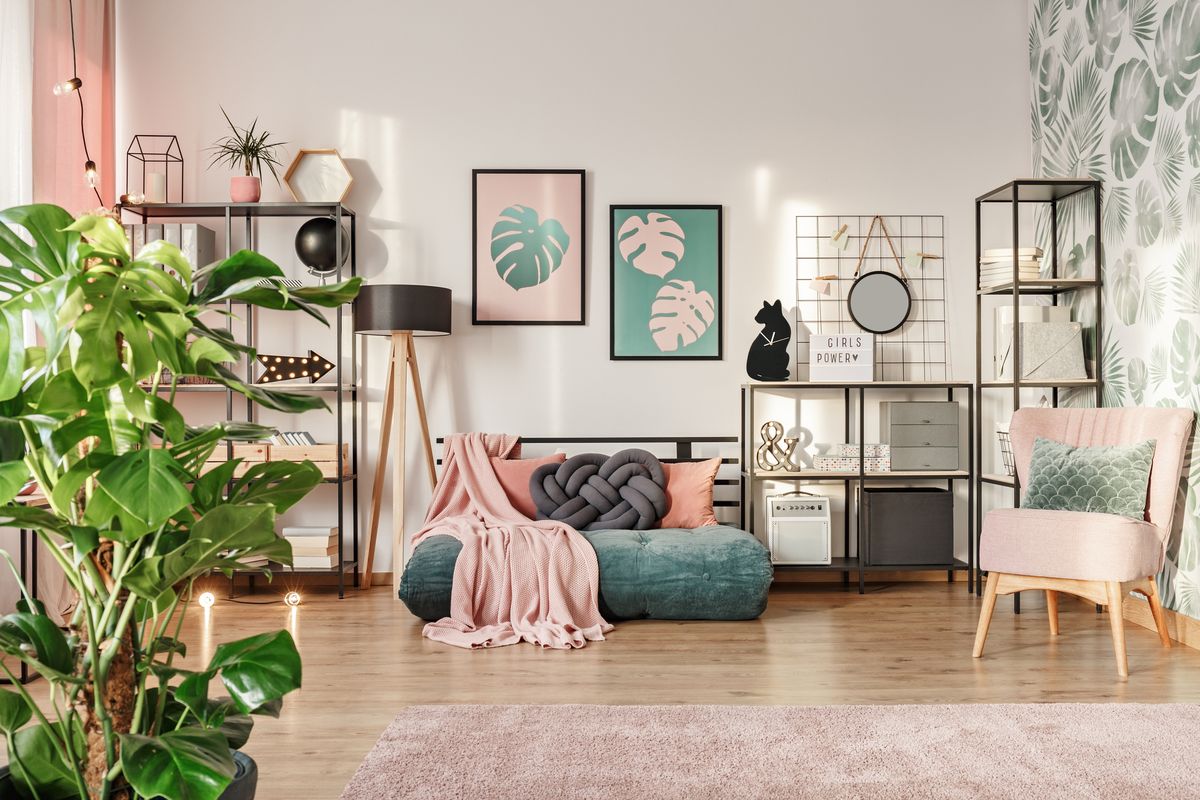
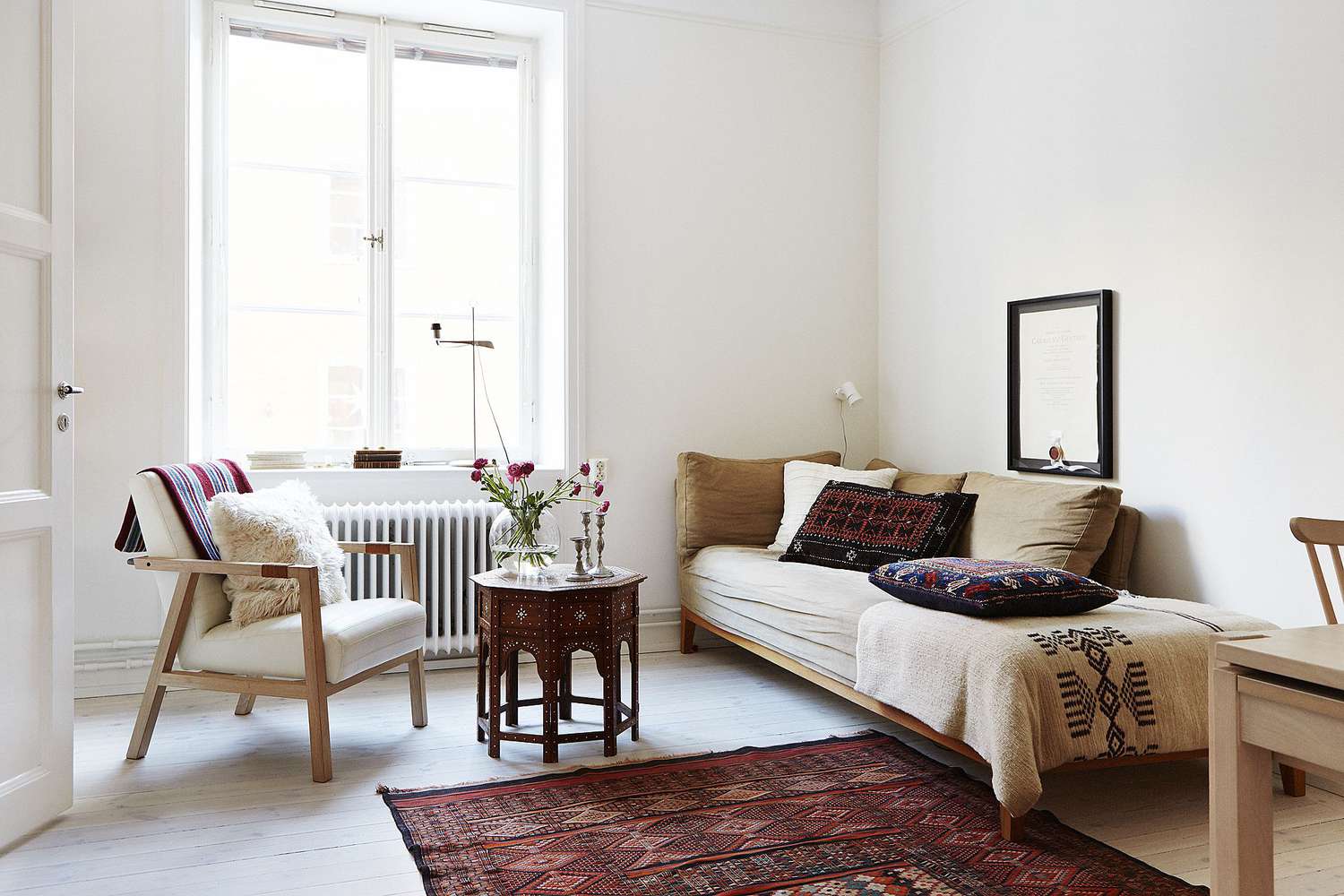
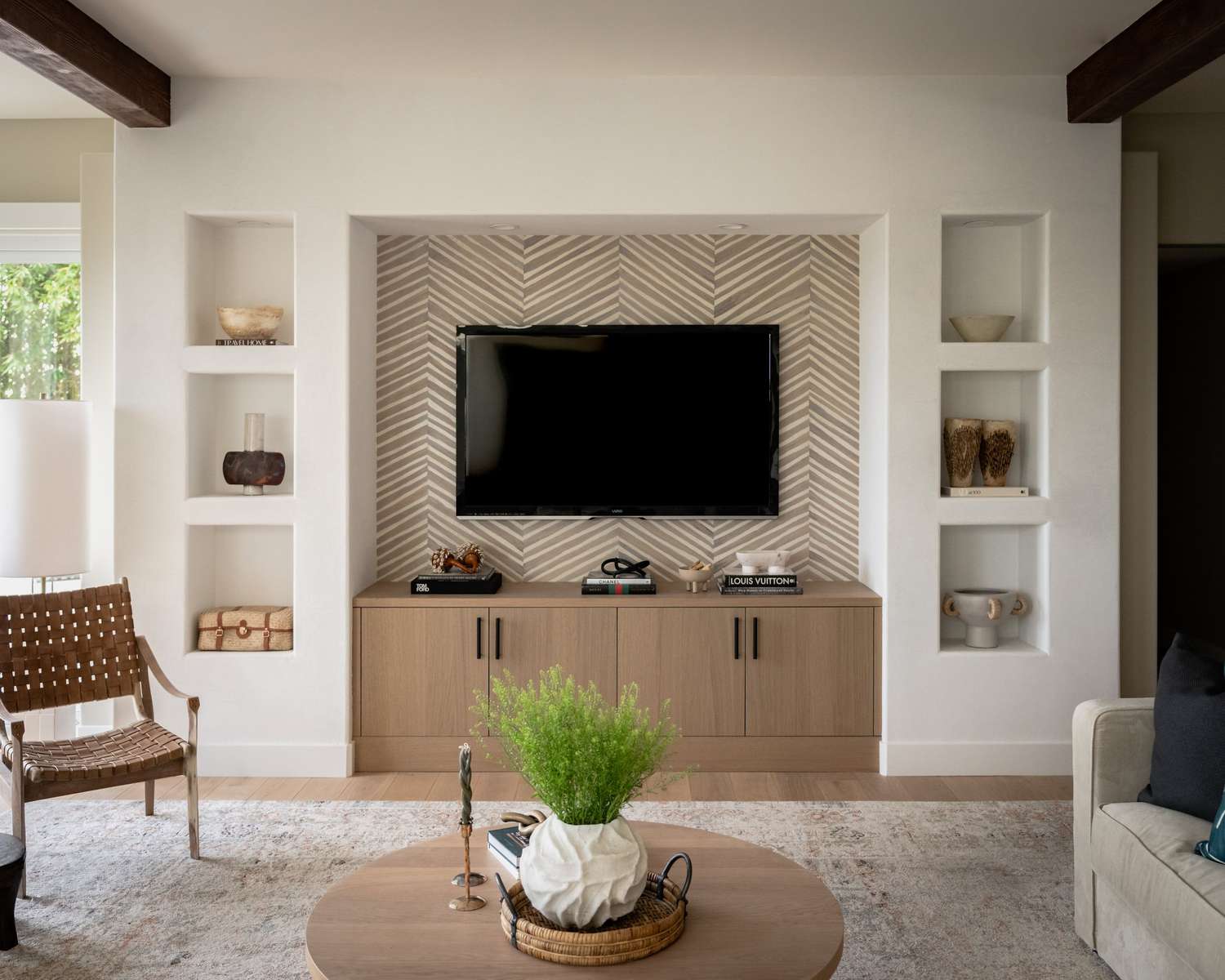
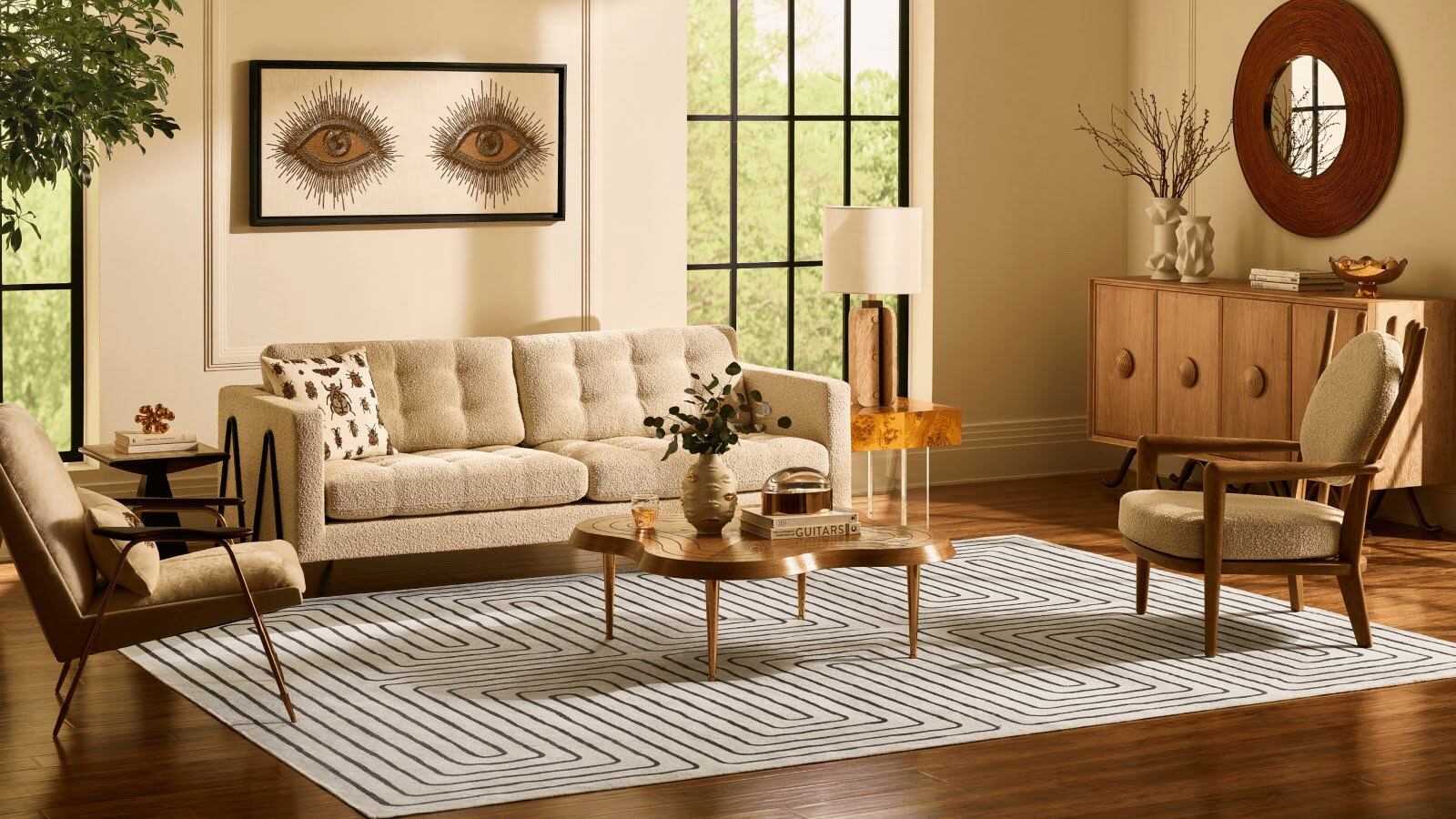
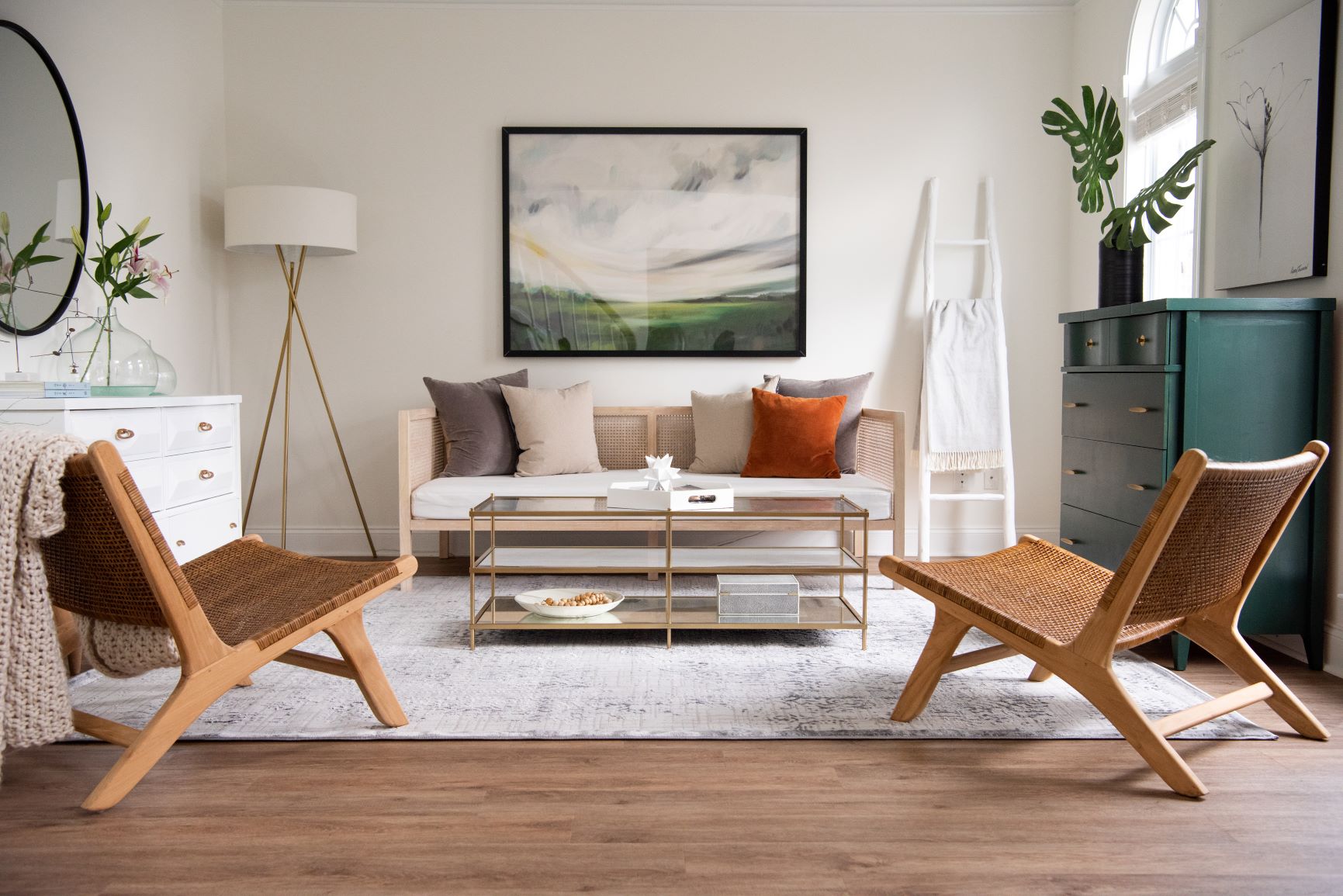
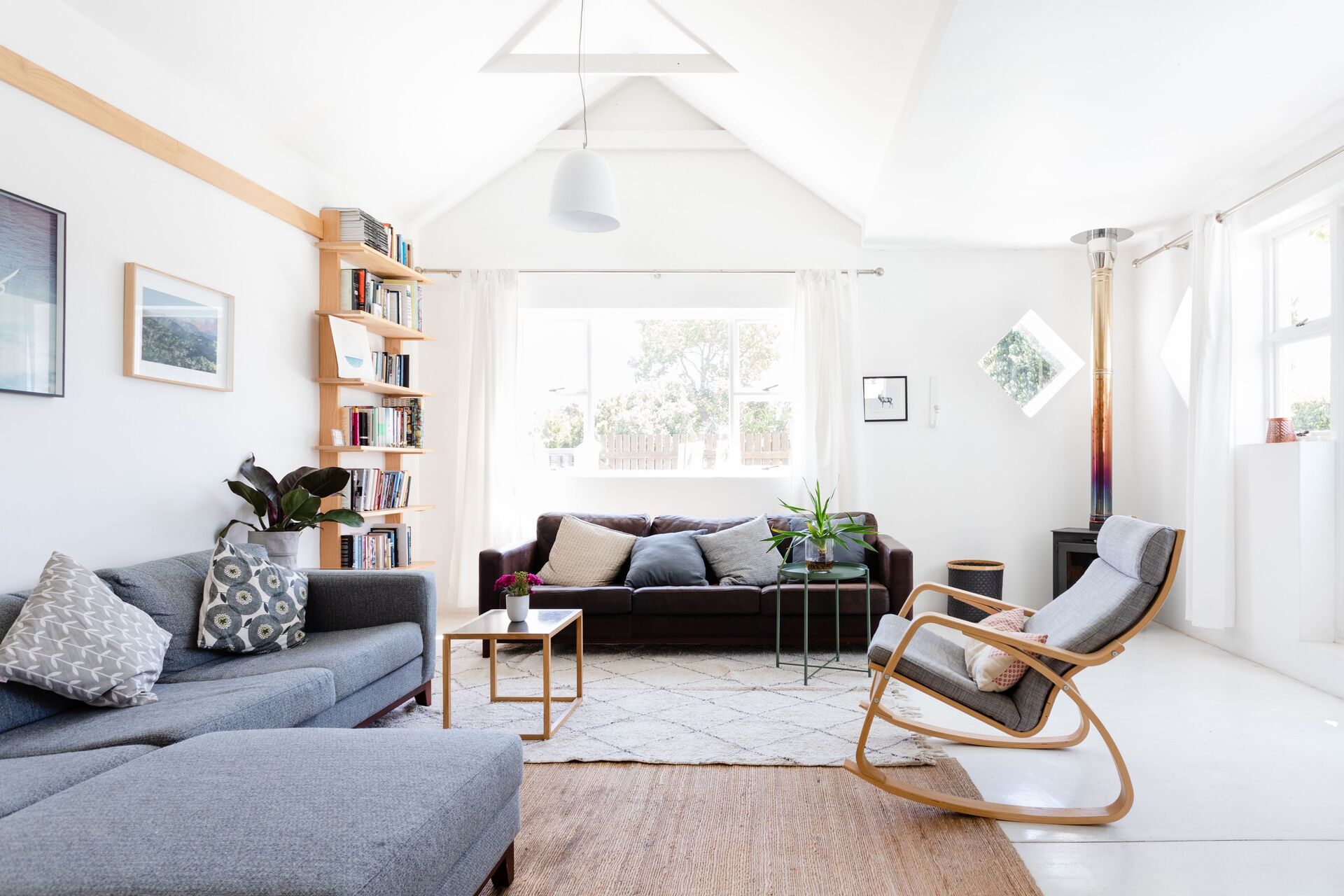
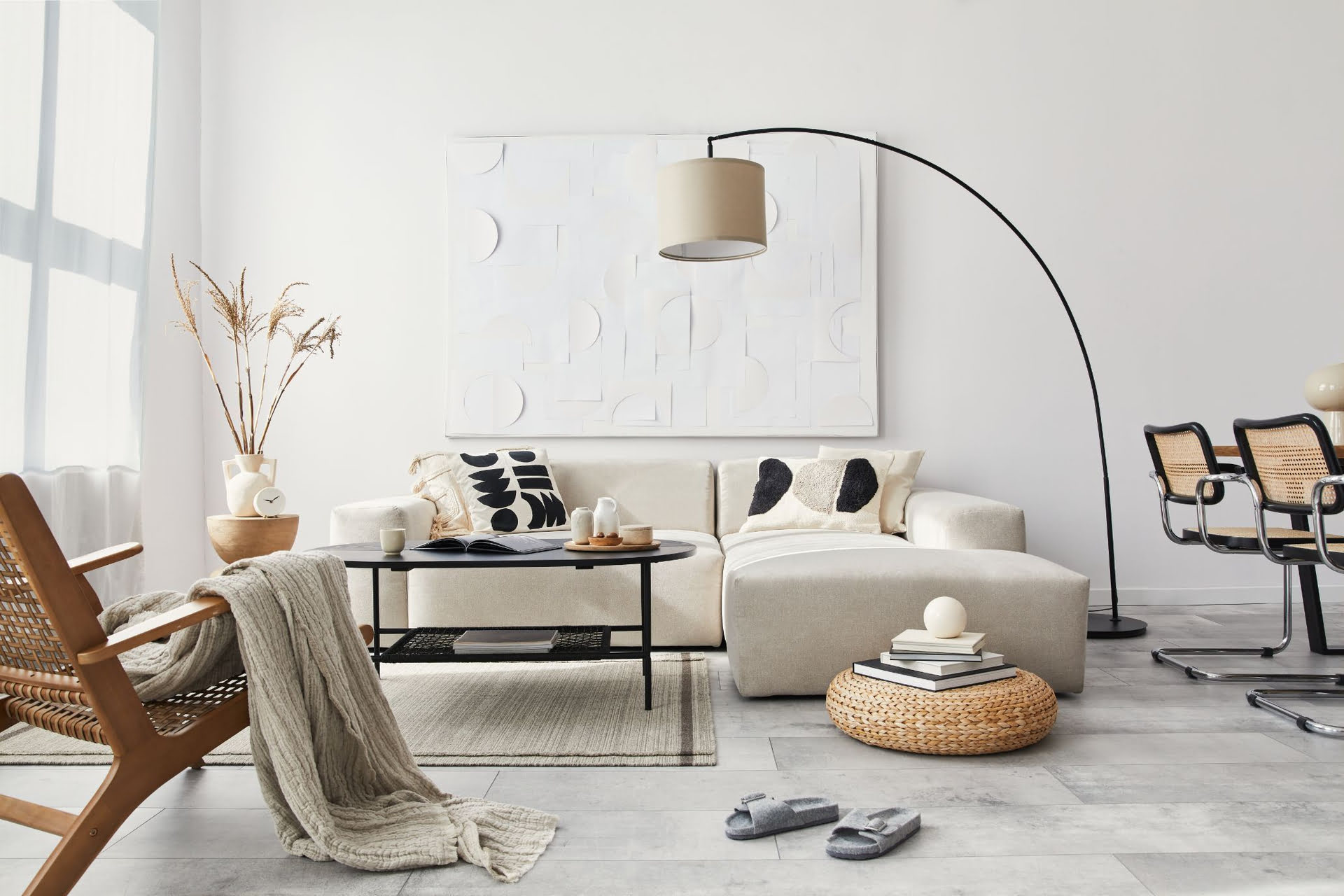
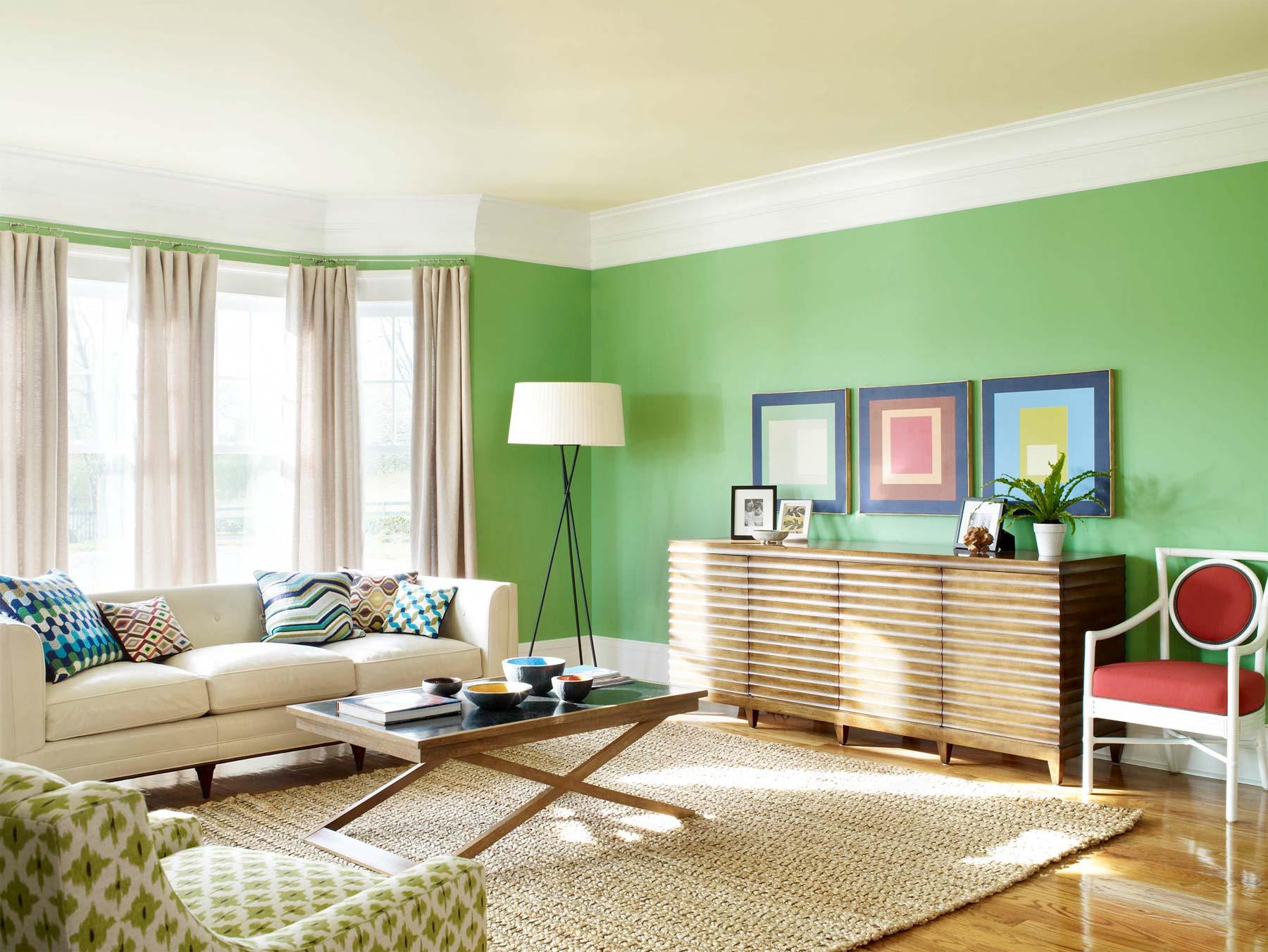
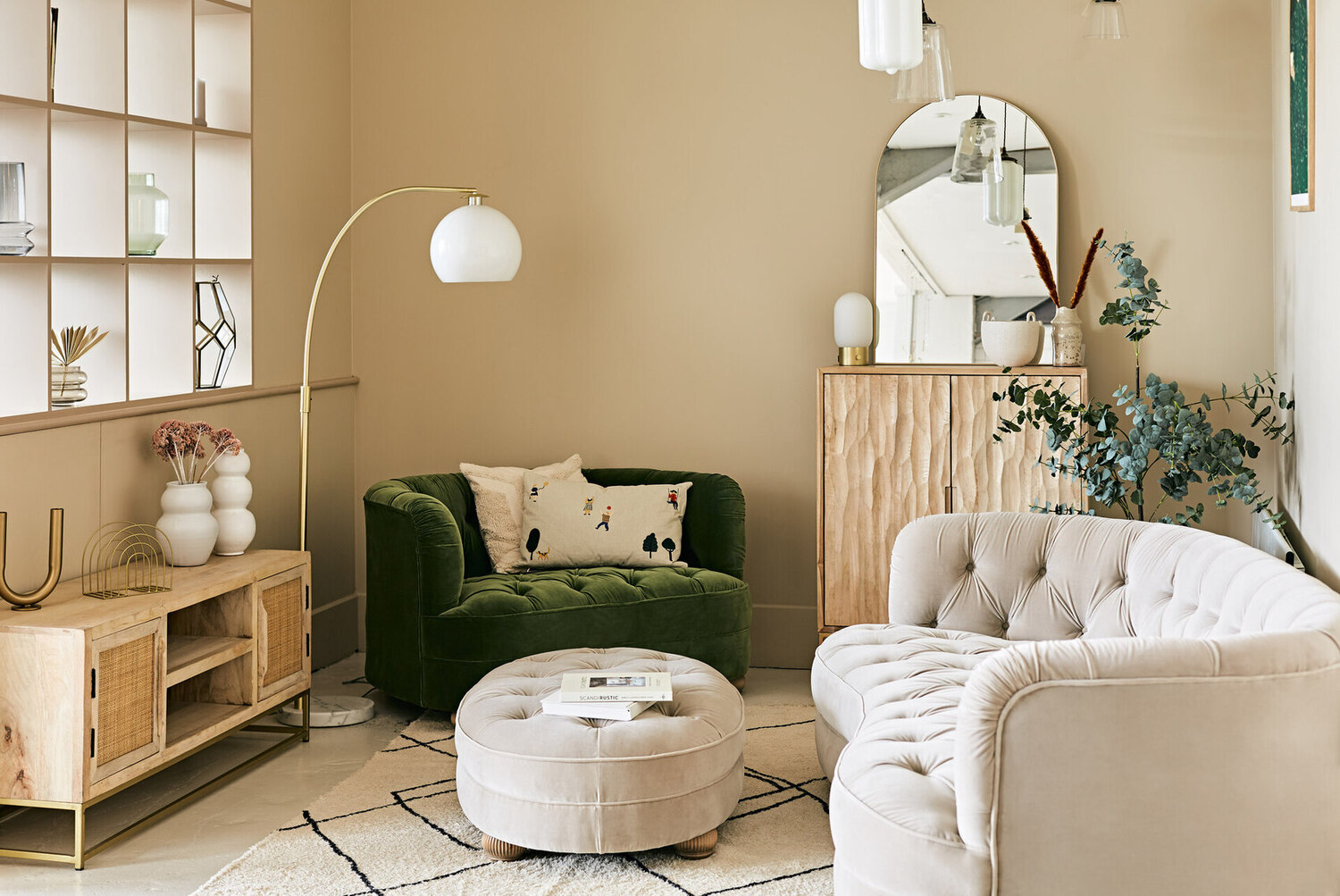
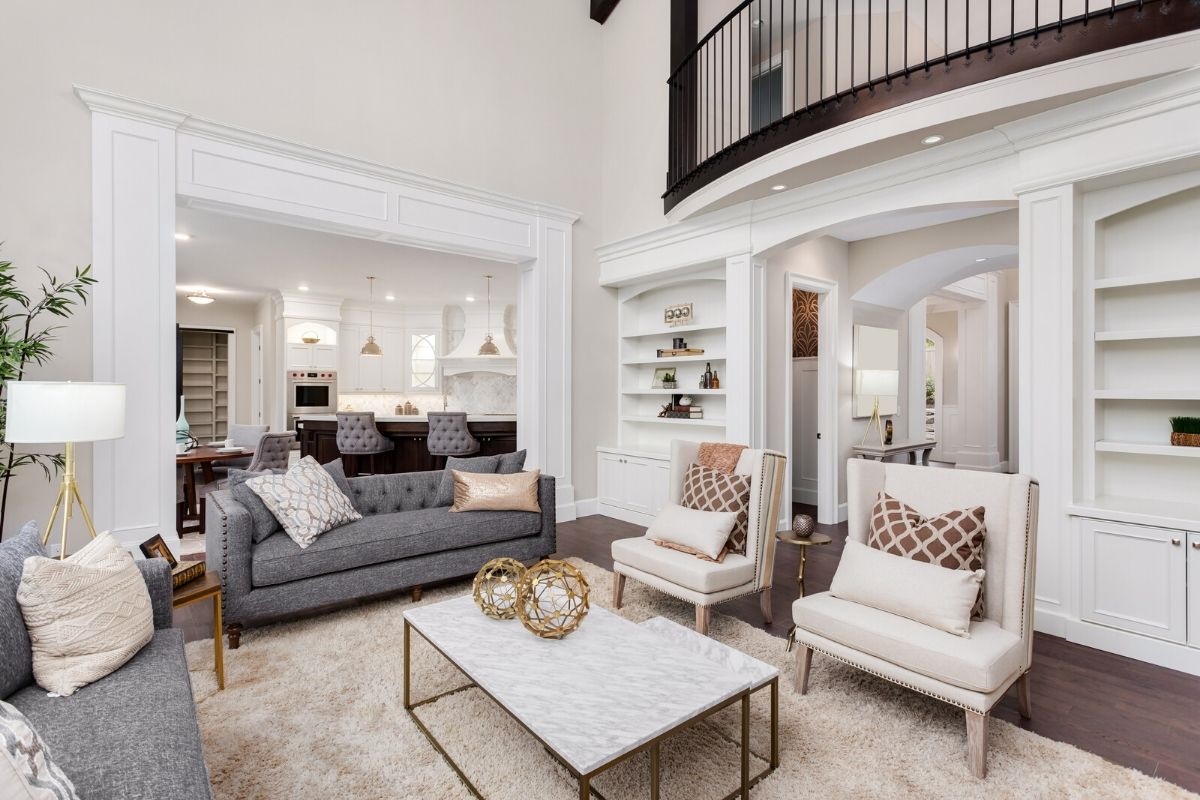
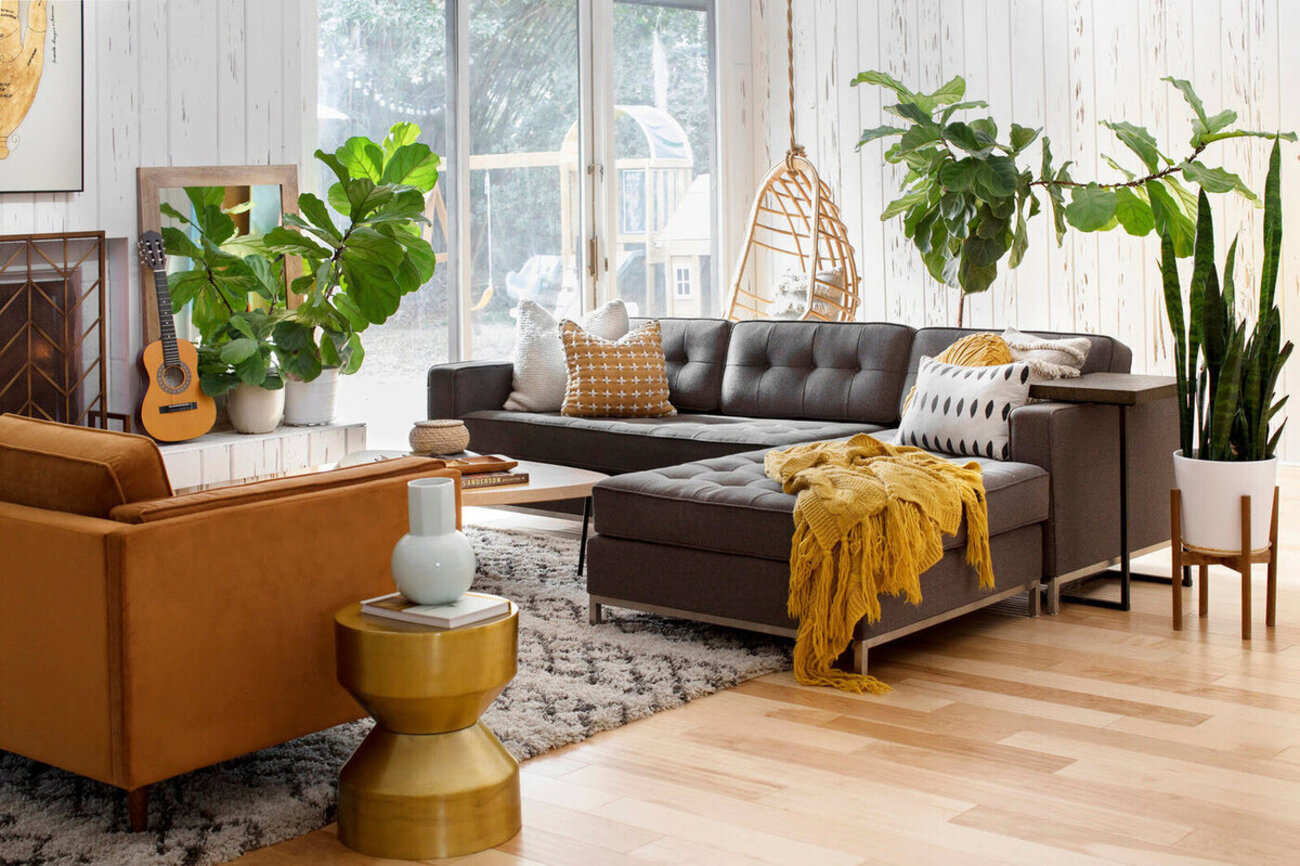
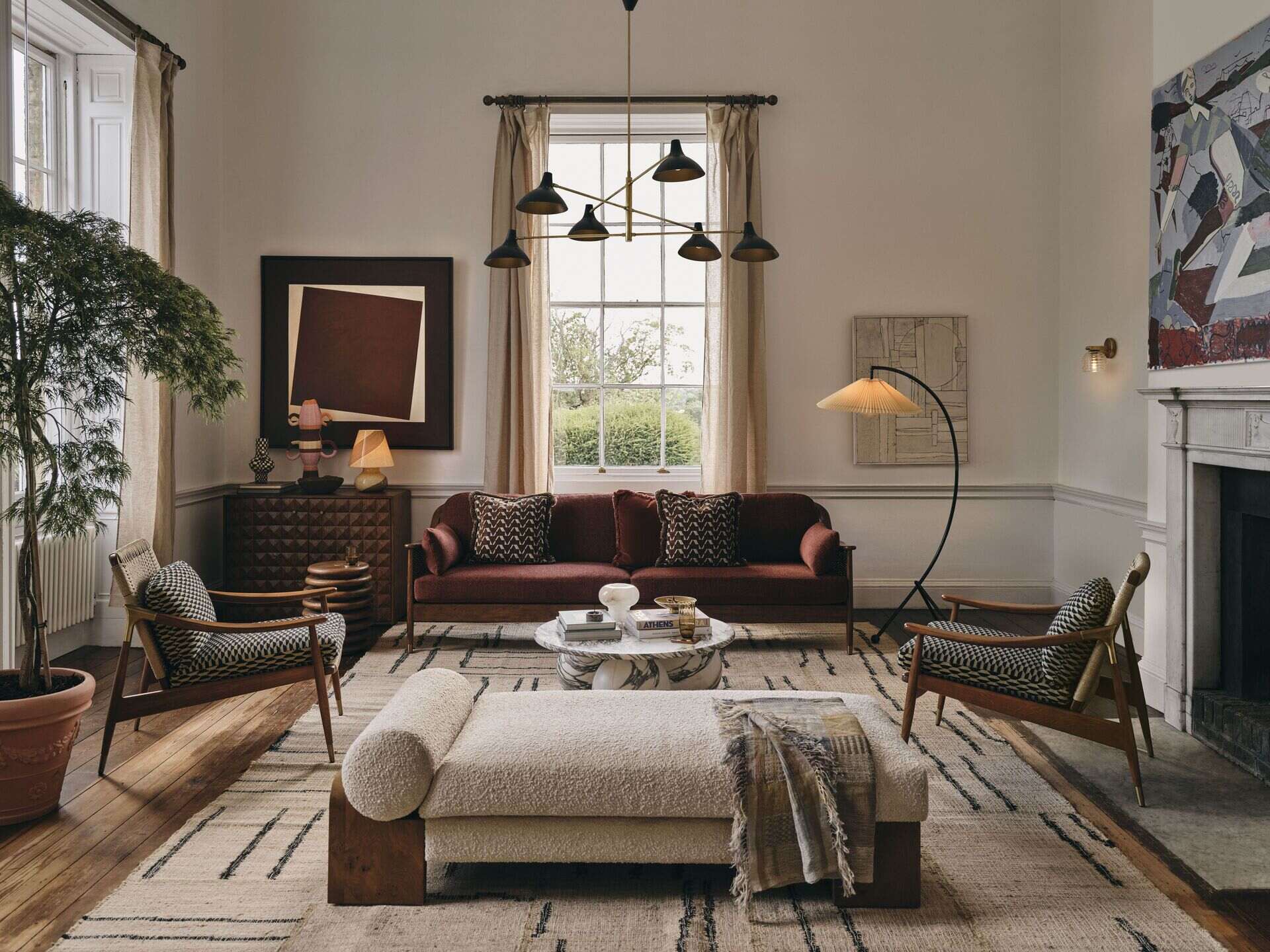

0 thoughts on “How Should I Design My Living Room”